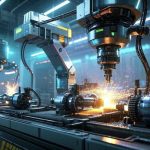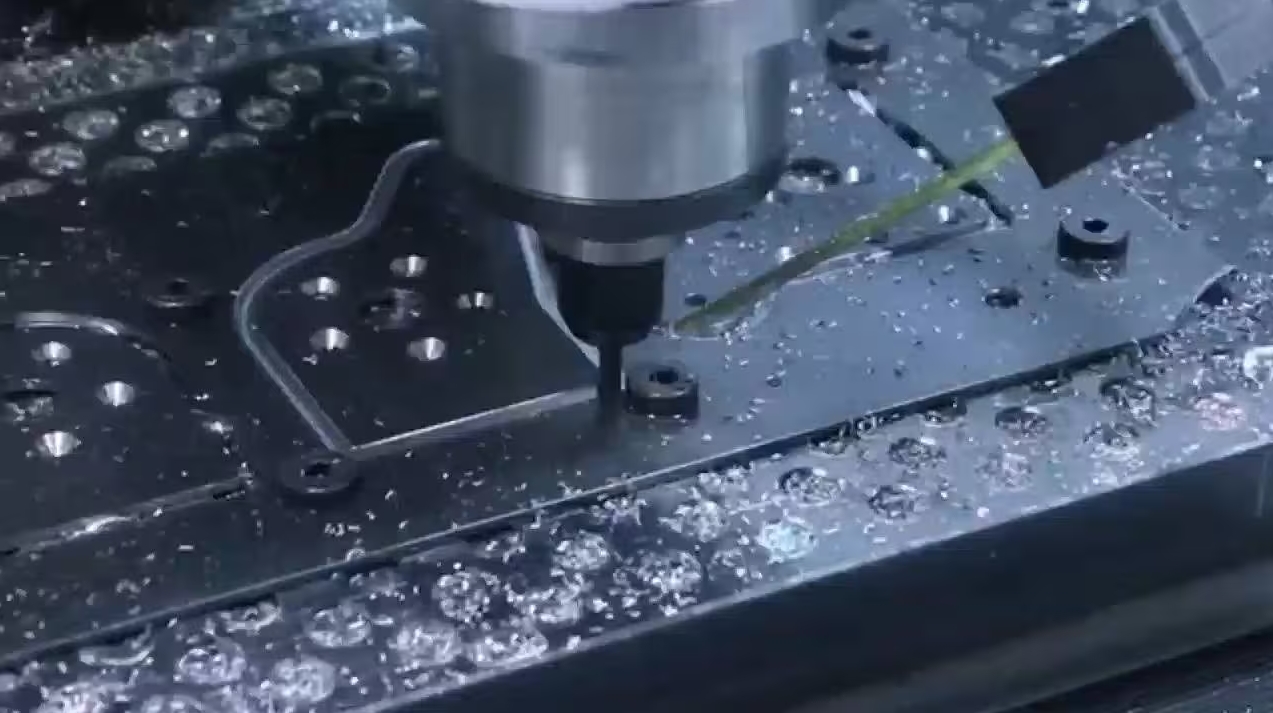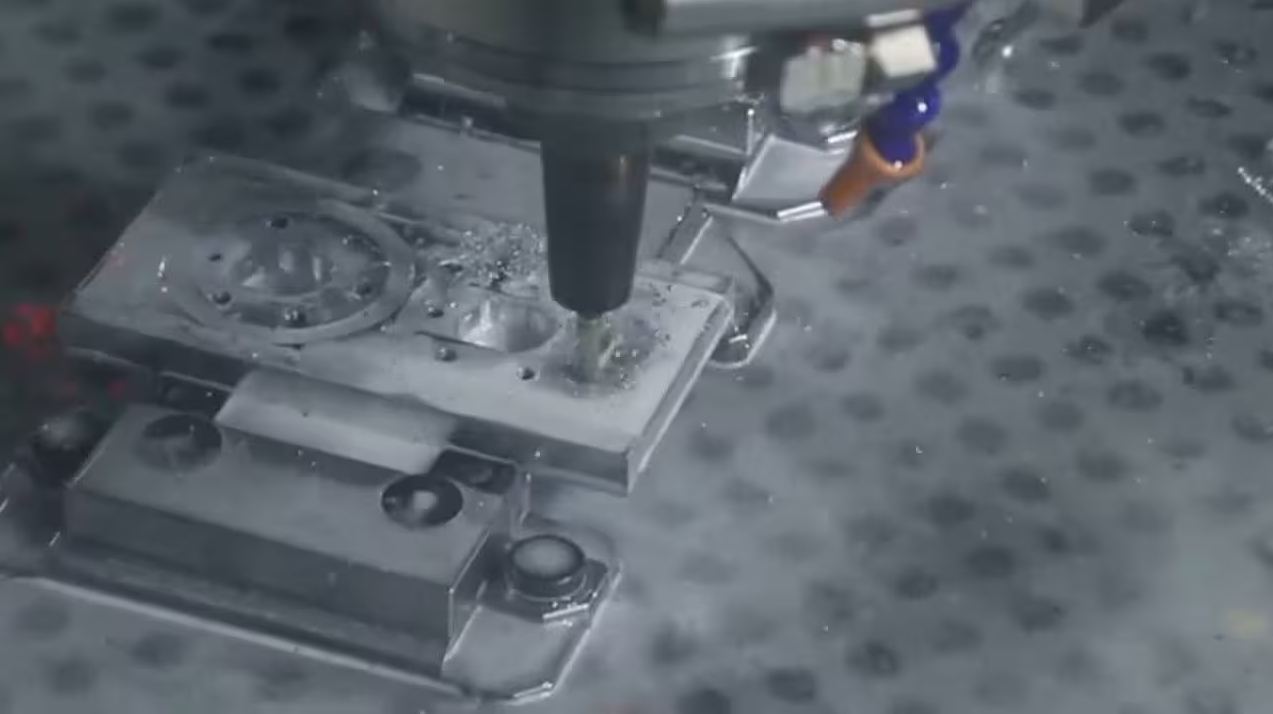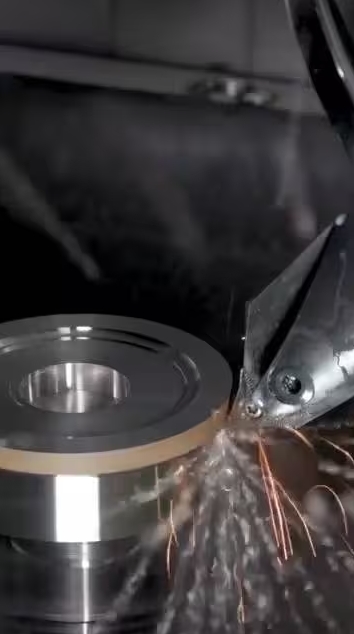
5-Axis CNC Machining of Medical Titanium Bone Plates (TC4) Case Study
2025-03-29
5-axis CNC machining for automotive parts manufacturers
2025-04-07Humanoid robot high-precision CNC machining
In modern manufacturing, the development of humanoid robots has become an important research field. With the continuous advancement of science and technology, the application of humanoid robots in various industries has become more and more extensive, and the manufacturing of their structural parts is one of the key links. This article will explore its production process, technical requirements and application fields from the perspective of CNC processing of humanoid robot structural parts.
First of all, CNC machining is the abbreviation of computer numerical control machining. This technology can achieve high-precision and high-efficiency machining by controlling the movement of machine tools through computers. For humanoid robots, their structural parts include joints, skeletons, shells and other components. The accuracy and quality of these components directly affect the overall performance of the robot. Therefore, it is very important to choose the right CNC machining technology.
1. Design phase
Before CNC machining, the structural parts need to be designed first. The work in the design stage mainly includes:
-Determine the functions and performance requirements of the structural parts: Different structural parts have different functions in the robot, so their functions need to be clarified during design. For example, joint parts need to have good movement flexibility, while the shell needs to have certain strength and durability.
-Select materials: Select appropriate materials according to the use environment and performance requirements of the structural parts. Commonly used materials include aluminum alloy, plastic and carbon fiber.
-Make CAD model: Use computer-aided design software to make a three-dimensional model of the structural parts. This step not only helps with subsequent processing, but also allows mechanical analysis and simulation.

CNC machining of humanoid robot structural parts
2. Processing preparation
3. CNC machining process
The processing mainly includes the following steps:
-Preparation before processing: fix the workpiece to ensure that it will not move during processing. Auxiliary tools such as clamps are usually used to ensure the stability of the workpiece.
-Cutting: start the CNC machine tool for cutting according to the written program. During the processing, monitor the processing status at any time and adjust the parameters in time to ensure the processing quality.

-Quality inspection: After processing, the structural parts need to be inspected for quality. This includes dimensional measurement, appearance inspection, and performance testing. Only through strict quality inspection can we ensure that the structural parts meet the design requirements.
4. Post-processing
After CNC machining is completed, the structural parts usually need to be post-processed. The post-processing steps include:
-Deburring: Remove the burrs generated during the machining process to ensure the smooth surface of the structural parts.
-Surface treatment: According to the needs, surface treatments such as anodizing, electroplating or spraying are performed to improve the corrosion resistance and aesthetics of the structural parts.
-Assembly test: Assemble the processed structural parts and perform functional tests to ensure their performance in actual applications.
5. Application areas
The structural parts of humanoid robots are widely used in many fields, mainly including:

- Aerospace: In the aerospace field, humanoid robots can be used to perform dangerous tasks, such as repairing and exploring spacecraft.
- Medical devices: Humanoid robots are also used in medical devices, such as for surgical assistance and rehabilitation training.
- Automotive manufacturing: In automotive manufacturing, humanoid robots can assist in assembly and quality inspection, improving production efficiency.
In general, CNC machining of humanoid robot structural parts is a complex system engineering, involving multiple links such as design, machining, testing and application. As a company focusing on high-precision parts manufacturing, HXC has deep technical accumulation and rich industry experience in the field of high-precision five-axis parts machining. The company is committed to providing customers with ultra-high precision, high-quality customized parts machining services, which are widely used in high-precision industries such as aerospace, medical equipment, and automobile manufacturing. With advanced five-axis machining equipment, strict quality control system and professional technical team, HXC has become a trusted partner in the industry, providing customers with efficient and reliable precision parts solutions.
In general, CNC machining of humanoid robot structural parts is a complex system engineering, involving multiple links such as design, machining, testing and application. As a company focusing on high-precision parts manufacturing, HXC has deep technical accumulation and rich industry experience in the field of high-precision five-axis parts machining. The company is committed to providing customers with ultra-high precision, high-quality customized parts machining services, which are widely used in high-precision industries such as aerospace, medical equipment, and automobile manufacturing. With advanced five-axis machining equipment, strict quality control system and professional technical team, HXC has become a trusted partner in the industry, providing customers with efficient and reliable precision parts solutions.
The development prospects of humanoid robots are broad, and the CNC processing technology of their structural parts will continue to promote progress in this field. With the continuous innovation of technology and the increase in market demand, future robots will be more intelligent and flexible, bringing more convenience to human life.





